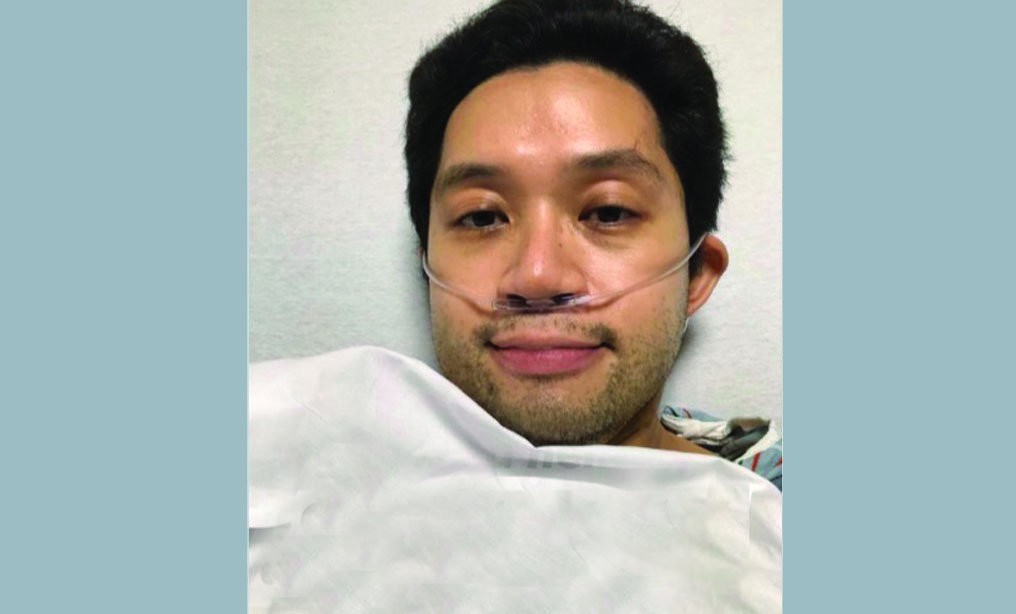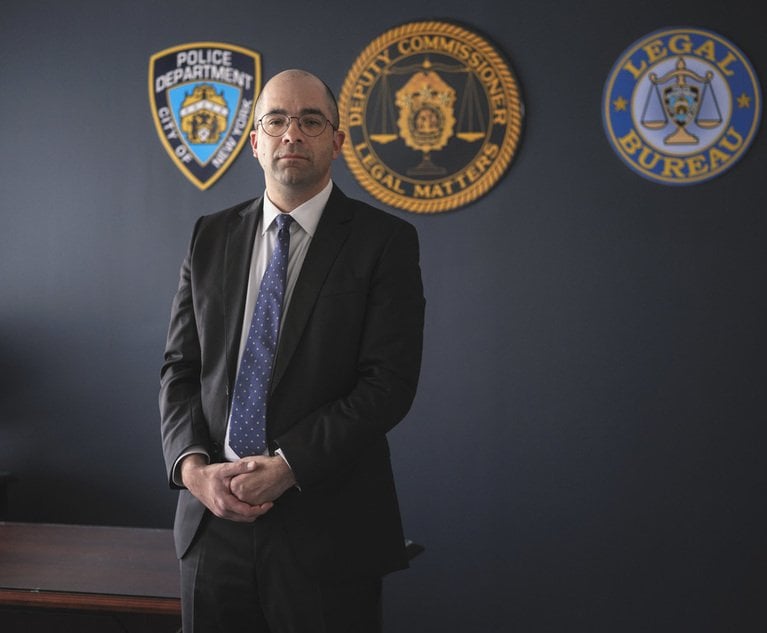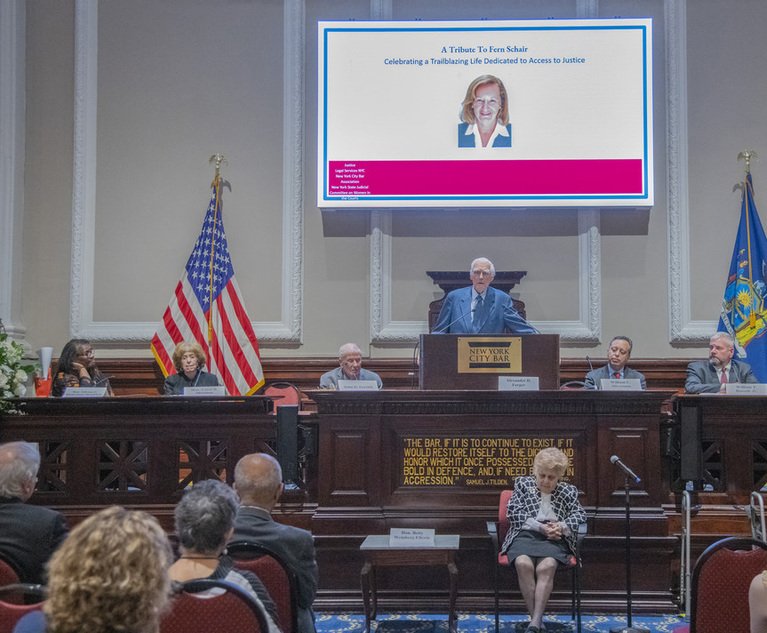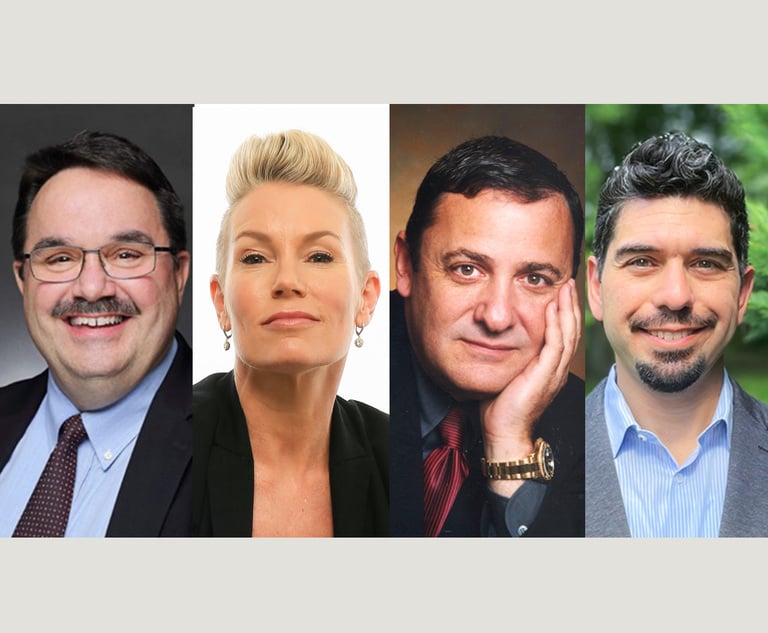David Lat—a graduate of Yale Law School and a former federal prosecutor, founder of the Above the Law legal blog, and today a widely known legal recruiter and speaker—lies on a stark white hospital bed in Manhattan, clear soft oxygen tubes in his nostrils, “isolated” in a room that uses “negative pressure” to keep his germs inside.
Battling hour after hour with the novel coronavirus, he says he’s experienced intermittent fevers, joint aches, chills, fatigue and coughing for about 12 days, and, since last Sunday, has been pushing through labored breathing that barely allows him to walk from his hospital bed to a bathroom five or 10 feet away.
He feels like he will collapse, as he rises, he says.
He doesn’t know his prognosis. No one does.
From his home in the Flatiron District of Manhattan—where Lat, 44, lives with his husband and their son—he made it into an emergency room on Sunday and was admitted at NYU Langone Hospital on Monday. But his hospital admission only came after, he says, a travail and a confusing battle to get tested for the virus. It was an unneeded delay, he says, that he wants people to know was fueled by “a lot of bureaucracy attached to this crisis that is affecting our ability to respond.”
“It’s scary, it’s scary to be a mostly healthy person who now can’t even walk five feet,” Lat told the New York Law Journal in a phone interview Wednesday night, as he spoke candidly about contracting the coronavirus—he doesn’t know how, when or from whom, he just knows it was from community spread—and about how he suddenly finds himself in what may be a fight for his life.
His condition, one marked by the troubled breathing, the coughing, fevers and aches, has not changed much since he was admitted to the hospital on Monday.
By cellphone, he describes his environment as a modern-looking, spacious “negative pressure” hospital room in which no visitors are allowed.
Asked about family and friends perhaps entering in protective gear, he responded quickly, “No, this is total isolation. Even the doctors and nurses here come in very infrequently.”
In a follow-up text message Thursday prompted by a question, he said, “The nurses bring me three meals a day. They wear blue gowns and these double helmets each time they enter, and they dispose of the gown when they exit my room.”
His message to society, he told the Law Journal—one that he’s also been getting out since Tuesday, using Twitter posts and long tweet threads that he calls “Above the Hospital Bed”—is two-pronged and straightforward.
“The importance of widespread testing,” is one, he says, sounding markedly sharp and even energetic, at times, over the phone—attributes of his voice that he says would not be possible without oxygen being pumped into his body.
The other message, he says, is that “I think people shouldn’t underestimate the seriousness of this.”
His Twitter stories, told over a personal feed with nearly 47,000 followers—and which have attracted responses from the legal community, as well as from Hollywood celebrities like Cher—can be startling while also functioning as a public service.
In a post and thread from Tuesday pinned atop his profile, he explains that generally he has been a very healthy person: He’s run two New York City marathons in the past, and now does intense interval training each week, while also walking about 25 miles a week. But, he notes, he does have exercise-induced asthma.
Now, he says, over Twitter, “In my current state, #LivingWithCovid, I am constantly weak and winded. I’m hooked up to oxygen 24/7. Even with oxygen, the simplest tasks are extremely difficult. #LatsCovid19Journal”
He adds, remaining measured, that “to be sure, #COVID19 hits different people differently #ymmv. I gave it to my husband, and for him it was a low-level flu that seems to have almost run its course” after 10 days. Then he lists more hashtags, such as #coronavirus and #CoronavirusOutbreak.
Still, he explains that “for those who get severe cases, like me, it’s been hell. I’ve had 10 days & counting, with no real improvement, of fever, fatigue, joint aches, chills, cough, respiratory difficulty. I have never been this sick in my entire life.”
“To paraphrase @Beyonce,” he goes on, now with some levity, “#COVID19 did not come to play with us hoes; it came to slay.”
Then, “Please keep me—and my very anxious family—in your thoughts and prayers. Thank you.”
On Thursday afternoon he told the Law Journal that his condition remained the same from Wednesday night to Thursday.
On the phone and in his tweets, he also lays out how he went to NYU Langone’s emergency room on Sunday, after a week of building and ultimately severe symptoms, and first had to go through a test to rule out a normal flu or cold. When that came back showing nothing on Sunday, he thought he would immediately get a COVID-19 test. But he was told no.
“I said when they told me this [the negative flu and cold result], NOW can you finally give me a covid test? Alas, no,” he explains in a Tweet thread, before continuing, “I don’t know the source of this rule or regulation, but I had to have my primary doctor call the hospital back the next day to schedule me for the test.”
“It made no sense” not to be tested for COVID-19 immediately, he told the Law Journal by phone, adding that it was clear he was “having trouble breathing.” But then when he returned to the emergency room on Monday, still not having called his primary doctor, the staff jumped on his case, he said, giving him oxygen and admitting him.
At the moment, he said, he doesn’t really look ahead much.
Medically, “I feel I’m pretty much in the same situation that I was in [the last few days]. I don’t know that I’m getting any worse,” he said, “and at this point I’ll take it.”
NOT FOR REPRINT
© 2024 ALM Global, LLC, All Rights Reserved. Request academic re-use from www.copyright.com. All other uses, submit a request to [email protected]. For more information visit Asset & Logo Licensing.


 David Lat at NYU Langone Hospital
David Lat at NYU Langone Hospital





